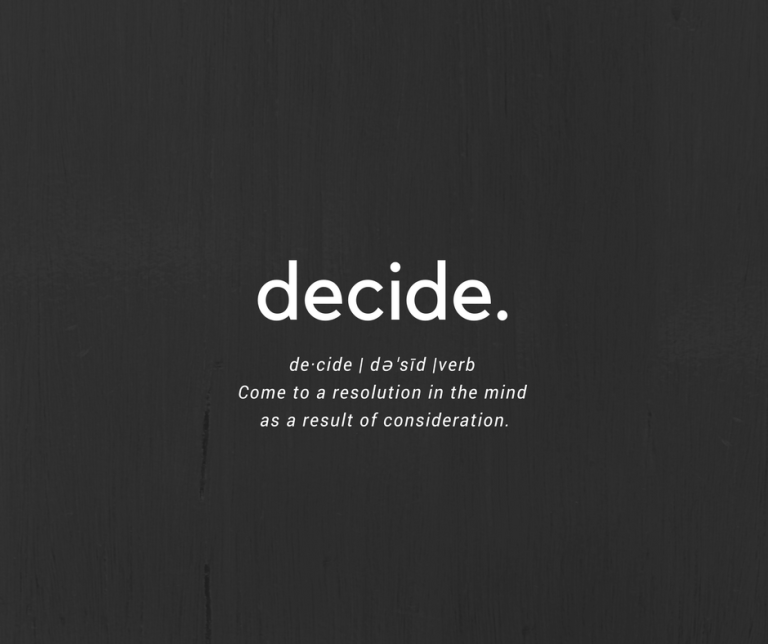I have been thinking lately, nothing has so deeply and universally compelled a change of being as much as this pandemic. We are stripped of distractions. We are anxious. We are scratching at the walls - battling with our own minds with the uncertainty around everything from the availability of toilet paper to when this whole thing will end.
Imagine we were able to shift our thinking to what we DO know right here, right now? To tame the screaming voices in our heads, prevent the tsunami-sized wave of cortisol from crashing in and be “ok” with whatever is.
What do we know for sure? Well, if you are reading this, you have your eyesight and you are safe and sound. We also know the whole world is dealing with the same situation - we are not in this mess alone, and never before has there been such a strong network of resources in place to help. We also know with 100% certainty that this too shall pass.
A labyrinth of reactions, decisions and thought patterns are woven into our bodies. Worry/anxiety/perfectionism/pessimism are memorized from childhood experiences - from when parents argued about money or yelled over spilt milk. Our nervous systems are hard wired to trigger the same behavioral patterns. Right now, these triggers are being pulled at unprecedented rates.
How, in this storm, can we build emotional resilience, find the eye, so to speak?
I recently listened to some of the work of Mel Robbins, coach, teacher and motivational speaker and her technique resonated with me.
The idea is to first create a pause as a catalyst for change, for self awareness and to insert a moment of control. Next is to redirect and focus on a positive anchor.
Here is how you do it. All you need is a piece of paper or a journal.
Name the things that trigger you to worry, become anxious and feel uncertain. Write those down. Identify the feelings around those triggers - the butterflies in the stomach, tightness in the chest. Write those down too.
Next, beside each trigger, write an alternative thought and alternative behavior. A grounding, go-to thought. For example, if your anxiety is around health, write something like, “Right now I’m healthy”. Then, determine the pattern you want to replace. When you are triggered, what happens? Do you become lethargic and skip your workouts? Do you grab cookies out of the pantry to self-soothe? Are you drinking too much or fighting with your family? What will you replace this behavior with? Have something in place so no decisions need to be made when you are triggered.
When you are triggered, give yourself 5 seconds to interrupt your thought process. Count backwards from 5 to 1 and make your move. This pause requires focus and awakens the prefrontal cortex, the part of the brain in charge of making decisions, strategic thinking and learning new behaviors. By doing this you are priming your brain to receive different information. If you do not interrupt this thought pattern when you are triggered, cortisol begins to build and take over and once this happens, it becomes very difficult to engage the prefrontal cortex.
The last step is to redirect and anchor yourself to something positive, a future vision. Use a positive visual anchor of something you really want once this pandemic is over. For me it is being able to travel and be with friends and family again. Use a photo of the thing(s) you are going to do to anchor your mind in a positive thought. This will bring you back to the present moment and remind you that right now you are ok.
We all have some changes to make. This can be the time, if we decide to do the work. And when this is all over - and it will be - we will have something to show for it.

